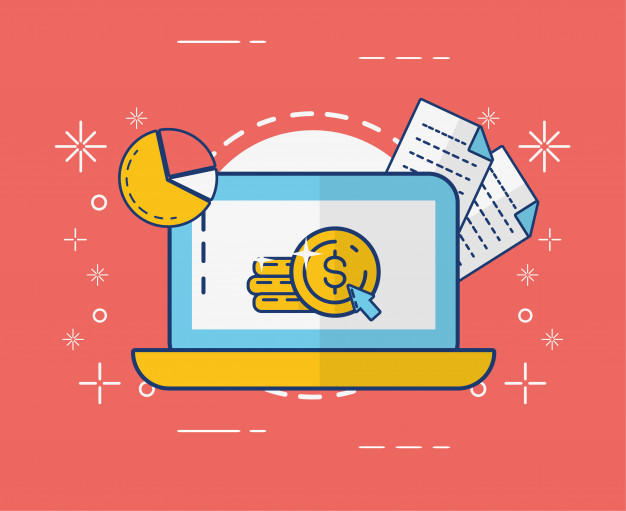Invoices are documents that you issue to the customer of your products or services. It contains all the information about the transaction, such as the product name, the quantity you sold, the price, the discount, and everything else. The invoice obliges you to meet everything that is stated there and obliges the buyer to pay the agreed price. There is also information on when the payment deadline is and whether there is a discount for early payment. Electronic invoices are becoming more popular and increasingly used and in ten years everyone will switch completely to electronic ones.
We believe that for you as a small business owner, one of the most tedious tasks you need to do is just that. But on the other hand, you must not neglect it! It is perhaps the most important task, because almost all small businesses that are declaring bankruptcy, cite poor cash flow management as the main reason. And the only way you can bring cash flow management to a satisfactory level is to take proper care of invoices. In order to start doing it the right way, we will give you invoice management tips for small businesses.
1. Use different types of invoices

What many small business owners do wrong is that they use only one type. It would be ideal if there is one universal type that suits all needs, but it does not exist. So there are different types that you should use according to your needs, but in order to do that, you need to know exactly what it is for. The main factor that determines which type you should choose is which payment plan you have agreed with the client. Once you agree on a payment plan then you will know which one is best to take advantage of. Here are some of the most popular types to use:
Recurring – You should use this if you have a client who is your regular customer or if you have a project that will take months. Then it is ideal to send recurring invoices at the time interval you have agreed. In the beginning, you will agree on a payment plan and then you will know exactly when you need to send them. It is important that you do this on a regular schedule because then you will have a detailed insight into your cash flow. Also, the client will get used to paying you accurately and you will cooperate successfully.
Interim – These invoices are suitable if you have agreed that the client will pay you in installments. You agree on the installments however you want, they can be weekly, monthly or by parts of the project, it doesn’t matter. But it is important that you send the final one when all payments are completed so that both you and the client have a detailed payment report. Otherwise, you may lose track of your cash flow.
Final – The final one should always be sent at the end of the project, no matter what type of invoice you used during the project. As we have already said, the final one is necessary for both you and the client, and it will be the most detailed. It often happens that you forget to send the final one when you know that everything has already been paid, but be professional and send it. It is important for monitoring of your cash flow, but also to create a positive picture of your company.
2. Use templates

Whenever you can, it’s good to save time, because as a small business owner you have a lot of responsibilities. You are not able to have a lot of employees, nor to outsource everything, so you have to do most things yourself. So templates will help you a lot saving valuable time. Create several types and then use them whenever you have the opportunity. And since you mostly work with similar products, 90 percent of the time templates will suffice. According to the billdu, many businesses use invoice templates to make ones they can send to their clients, so don’t worry that it may look unprofessional. Everyone is using templates, even big companies.
3. Switch to online

Although it may not yet be possible to fully switch to electronic invoices, you should use them as much as you can. Paper is long overdue and only creates problems for you. It is much harder to analyze and find an invoice when it is on paper than when it is in electronic form. Also, you will often not be sure if you sent it or not and it is all a sure way to lose track of cash flow. And also that can lead to the loss of a client, who is not satisfied with your promptness. Now is the right time to switch to electronic, and as we said, in the next decade the paper will be eliminated. That will be the case both for the sake of easier keeping track of data and for the sake of preserving the environment.
4. Offer different payment methods

To make it easier for yourself and your customers, offer them different payment methods. It is best to offer them as many online options as possible, but also leave them the option to be paid at a brick and mortar bank if they want. Of course, don’t offer them too many payment methods, as you may lose track of payments. And what seems obvious, but you happen to forget is to state very clearly all the payment options on the invoices.
5. Use automated options

Today, there is a lot of software that you can use to send automated invoices just when needed. You must have noticed when you buy something online, you immediately receive an invoice in your e-mail. Of course, this is done by software and it further speeds up the whole process.
Learn more about different types of invoices and templates that you can use here.
Conclusion
The most important thing is to make everything related to invoices as simple and easy as possible, both for you and your clients. This is the best way to improve your business.




